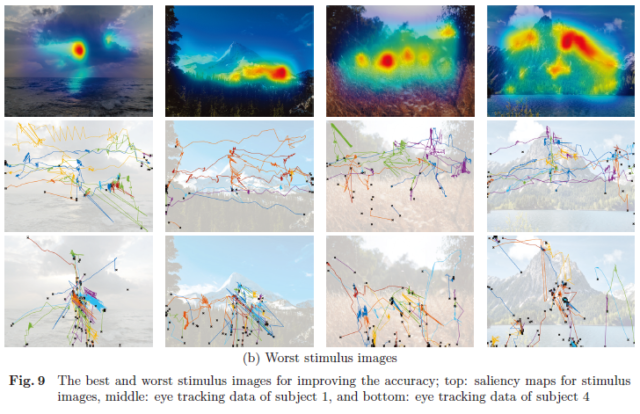Improving Eye Tracking Accuracy by Head Motion History

Abstract
We focus on eye tracking by head motion. This type of eye tracking does not provide the most accurate results, but it does not require a user to wear cumbersome sensors like cameras on glasses. The approach works for many applications, such as the extraction of human attention by surveillance camera or an intuitive interface for tablet devices. Through a preliminary experiment, we confirmed that head direction is often largely different from eye direction. We propose to estimate accurate eye direction by using head motion history. A sequence of head directions and the differentials provide richer information than
head direction at one moment. Using multiple regression analysis (MRA) and dynamic coupled component analysis (DCCA), we examined the relationship between eye direction and head motion history, and reduced the error rate by 7.2% and 0.8% on average.
Author
Masahiro TOYOURA† (Member), Takumi TANAKA†, Atsushi SUGIURA†, Xiaoyang MAO† (Member)
† University of Yamanashi




